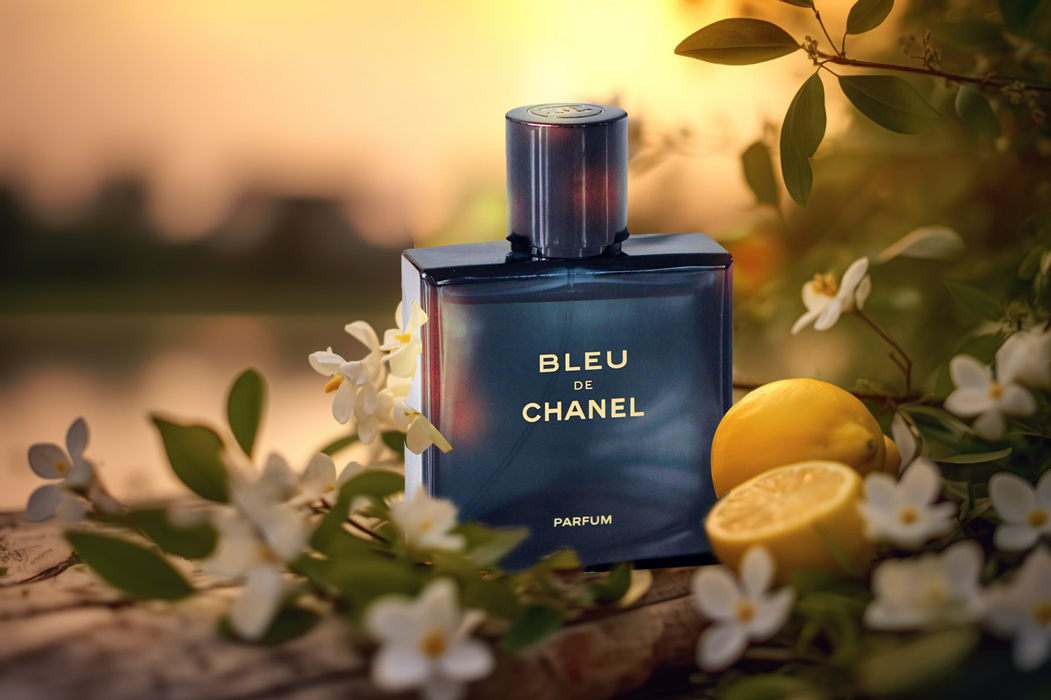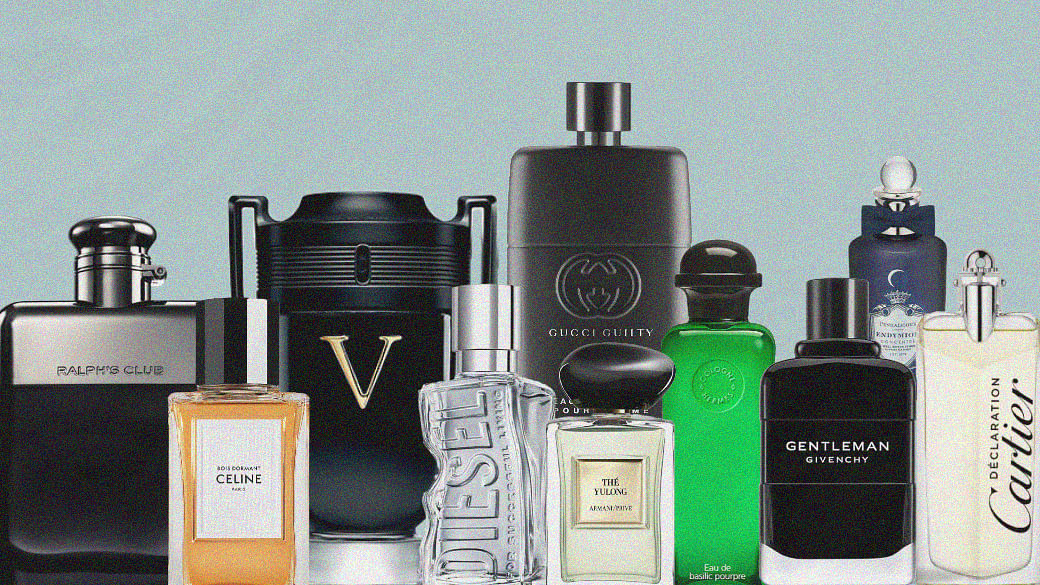Just How to Choose Perfumes: An Extensive Purchaser's Guide
Just How to Choose Perfumes: An Extensive Purchaser's Guide
Blog Article
From Classic to Modern: A Journey With the Advancement of Perfumes and Fragrance Trends
As we stand at the threshold of perfumery's rich background, the journey from classic to modern-day fragrances beckons us to witness the detailed tapestry of fragrances woven with time. The advancement of perfumes and fragrance trends mirrors the ever-changing landscape of societal standards, artistic motions, and technical advancements. From the old roots of perfumery to the sophisticated developments these days, each period has actually left its distinct mark on the olfactory world. Join us as we start a fascinating voyage via the worlds of aroma, checking out just how the previous proceeds to form the fragrant existing and future.
Historical Origins of Perfumery
The historical roots of perfumery can be traced back to old worlds such as Egypt, Mesopotamia, and China, where fragrant oils and scent were made use of for religious events, routines, and individual adornment. In ancient Egypt, fragrances held substantial social and religious importance, with aromas like cedarwood, frankincense, and incense being frequently utilized. The Egyptians additionally developed sophisticated techniques for removing necessary oils from plants and blossoms, laying the structure for contemporary perfumery.
Likewise, Mesopotamians used fragrances in religious ceremonies dedicated to their divine beings. The famous Impressive of Gilgamesh, among the earliest enduring works of literature, also mentions the importance of perfumery. In China, aromatic products were used in various kinds, including scent, sachets, and in showering rituals. The Chinese also created innovative approaches for mixing fragrances, which later affected perfumery methods in various other components of the globe.
These ancient human beings not only valued the positive scents yet additionally identified the spiritual and symbolic significance of perfumes, paving the means for the development of perfumery via the ages.

Development of Classic Fragrances
Having developed a rich historic structure rooted in old people, the advancement of traditional fragrances showcases the enduring influence and technology that have actually defined perfumery in time. Classic fragrances, such as Chanel No. 5, Shalimar by Guerlain, and Pleasure by Jean Patou, have stood the examination of time by fascinating generations with their ageless aromas. These legendary fragrances frequently include an unified blend of top, middle, and base notes, creating complicated olfactory experiences that stimulate nostalgia and sophistication.
The advancement of classic fragrances is marked by an equilibrium in between tradition and modernity. While these ageless aromas keep their initial essence, perfumers continuously adapt to changing choices by incorporating modern spins. Classic scents have actually motivated countless contemporary developments, working as a structure for the growth of brand-new scent profiles and mixes.
In today's market, classic fragrances remain prominent among consumers that appreciate the elegance and refinement connected with these legendary scents. As perfumery continues to evolve, classic fragrances act as a pointer of the withstanding charm and creativity that specify the world of perfumes.

Impact of Modern Innovations
A significant change in the fragrance market has been thrust by the integration of modern-day innovations, reshaping the landscape of perfumery with sophisticated strategies and ingredients. Innovations in biotechnology have permitted the creation of synthetic variations of natural aromas, providing perfumers with a bigger variety of choices to function with. Molecular distillation strategies have made it possible for the removal of purer and more concentrated essences, bring about the growth of longer-lasting her explanation scents.
In addition, the usage of fabricated knowledge and maker discovering formulas has transformed the process of scent creation by assessing customer preferences and market trends to forecast the following popular scent notes. Additionally, lasting techniques have actually become an essential focus in modern perfumery, with an expanding focus on green sourcing, manufacturing, and packaging.
Changing Patterns in Fragrance Sector
Amidst the vibrant landscape of the fragrance market, discernible changes in consumer preferences and market characteristics are forming the trajectory of perfumery trends. One noteworthy pattern is the increasing demand for environmentally friendly and lasting scents. Consumers are coming to be much more ecologically mindful, resulting in a choice for fragrances made from natural active ingredients and lasting production techniques.
Furthermore, there is an expanding passion in unisex and gender-neutral scents as standard gender norms proceed to blur. Brand names are progressively concentrating on developing fragrances that appeal to a diverse variety of identifications and preferences, reflecting the evolving societal mindsets in the direction of sex and uniqueness.
In terms of scent accounts, fresh and tidy scents are acquiring appeal, matching the contemporary choice for minimalism and simplicity. On the various other hand, facility and unique scents motivated by various societies and regions are additionally making a mark in the industry, catering to customers seeking immersive and unique olfactory experiences.
Checking Out Olfactory Experiences Today
In the world of modern perfumery, the exploration of olfactory click to read more experiences today looks into a diverse tapestry of scents that mesmerize the senses with technology and artistry. Modern perfumers are pressing borders by incorporating unique combinations and unconventional notes to create olfactory masterpieces that appeal to a wide variety of preferences.
One prominent trend in present olfactory experiences is the rise of particular niche scents. These specialized fragrances satisfy individuals seeking distinctive and unique perfumes that set them in addition to traditional offerings. Specific niche perfumes commonly concentrate on top notch active ingredients and workmanship, giving users with a find more information sense of deluxe and uniqueness.
In addition, sustainability and eco-consciousness have become indispensable to contemporary olfactory experiences. Perfume residences are progressively prioritizing eco-friendly methods, from sourcing ingredients morally to making use of recyclable packaging - perfumes. Customers are drawn to scents that not only smell exquisite yet likewise straighten with their values of sustainability and duty
Final Thought

As we stand at the threshold of perfumery's abundant history, the trip from traditional to modern scents beckons us to witness the complex tapestry of scents woven via time. Traditional fragrances, such as Chanel No (perfumes). 5, Shalimar by Guerlain, and Happiness by Jean Patou, have stood the examination of time by captivating generations with their ageless aromas. Traditional scents have actually inspired many contemporary creations, offering as a foundation for the development of brand-new scent profiles and mixes
Furthermore, the use of man-made intelligence and maker learning formulas has reinvented the procedure of scent production by examining consumer choices and market patterns to anticipate the following popular scent notes. As patterns shift and new aromas arise, the trip through the development of fragrances supplies a peek right into the vibrant nature of the scent sector and the enduring charm of scent expedition.
Report this page